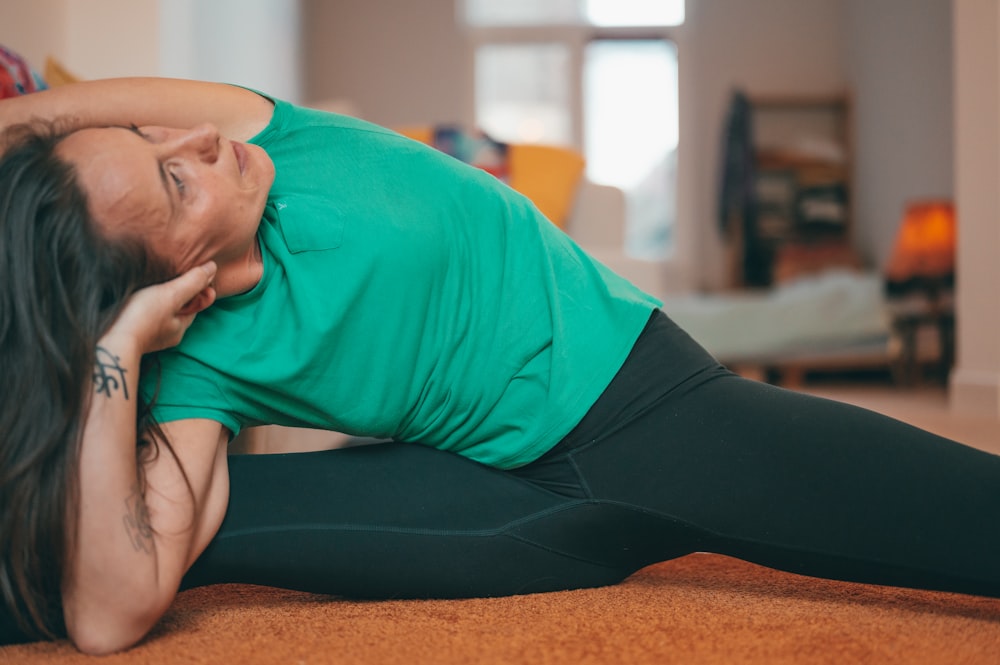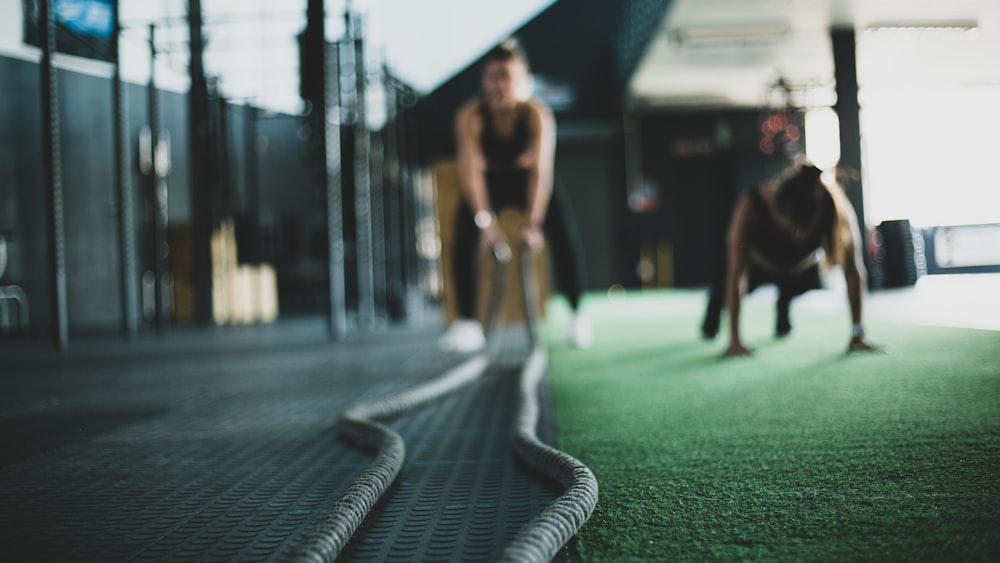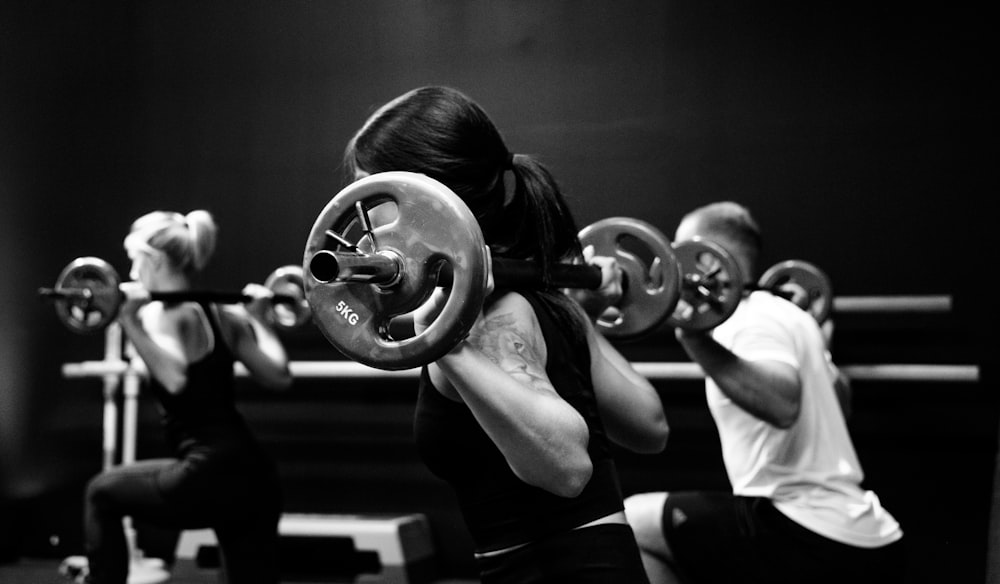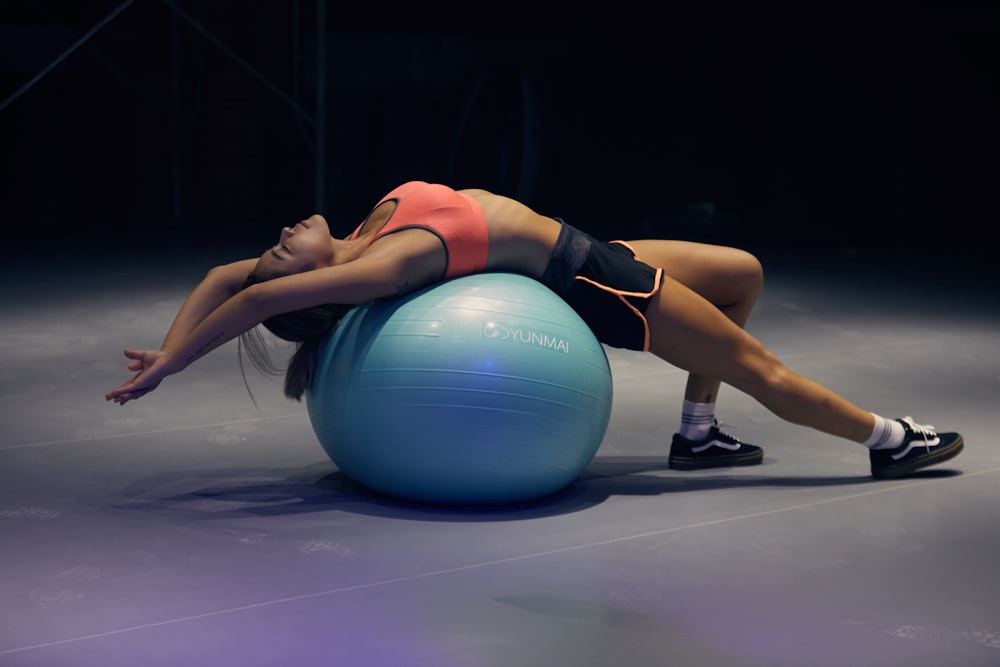Better posture, better health Tips for improvement
Introduction:
Good posture is not just about looking confident; it’s about maintaining the health and alignment of your spine. In this article, we’ll explore practical tips and strategies to help you improve your posture and enjoy the benefits of a strong, aligned body.
Understanding Posture:
Before diving into the tips, it’s crucial to understand what good posture entails. Posture refers to the position in which you hold your body while standing, sitting, or lying down. It’s about maintaining the natural curves of the spine and aligning the body in a way that minimizes strain on muscles and joints.
The Impact of Poor Posture:
Poor posture can lead to a range of health issues, including back pain, neck pain, headaches, and even digestive problems. When you slouch or hunch forward, it puts undue stress on your spine and surrounding muscles, leading to discomfort and potential long-term complications.
Tip 1: Maintain a Neutral Spine:
One of the fundamental principles of good posture is maintaining a neutral spine. Whether you’re standing or sitting, aim to keep your spine in a natural, slightly curved position. Avoid arching your back excessively or rounding your shoulders forward.
Tip 2: Keep Your Head Aligned:
Your head plays a significant role in posture. Keep it aligned with your spine, avoiding excessive tilting forward or backward. Imagine a string pulling you gently upward from the crown of your head, helping you maintain a straight and aligned posture.
Tip 3: Engage Your Core Muscles:
Strong core muscles are essential for supporting good posture. Incorporate exercises that target your abdominal and lower back muscles to strengthen your core and provide stability to your spine.
Tip 4: Practice Proper Sitting Posture:
If you have a desk job or spend extended periods sitting, proper sitting posture is crucial. Sit with your feet flat on the floor, knees at a 90-degree angle, and back supported by the chair. Avoid slumping or leaning forward excessively.
Tip 5: Take Regular Breaks and Stretch:
Sitting for prolonged periods can lead to stiffness and poor posture. Take regular breaks to stand up, stretch, and move around. Simple stretches like shoulder rolls, neck stretches, and gentle twists can help relieve tension and improve posture.
Tip 6: Use Ergonomic Equipment:
Invest in ergonomic furniture and equipment that supports good posture. This includes an adjustable chair with lumbar support, a desk at the right height, and a computer screen positioned at eye level to reduce strain on your neck and shoulders.
Tip 7: Be Mindful of Your Posture Throughout the Day:
Posture awareness is key to making lasting improvements. Pay attention to your posture during daily activities like walking, standing, sitting, and lifting. Make adjustments as needed to maintain good alignment.
Tip 8: Incorporate Posture-Correcting Exercises:
Certain exercises can help correct posture imbalances and strengthen the muscles that support proper alignment. Include exercises like bridges, planks, rows, and chest openers in your fitness routine to improve posture over time.
Tip 9: Use Props for Support:
In some cases, using props like











